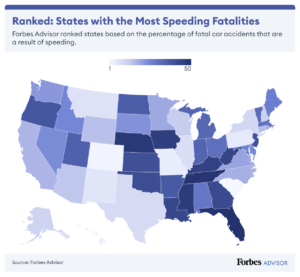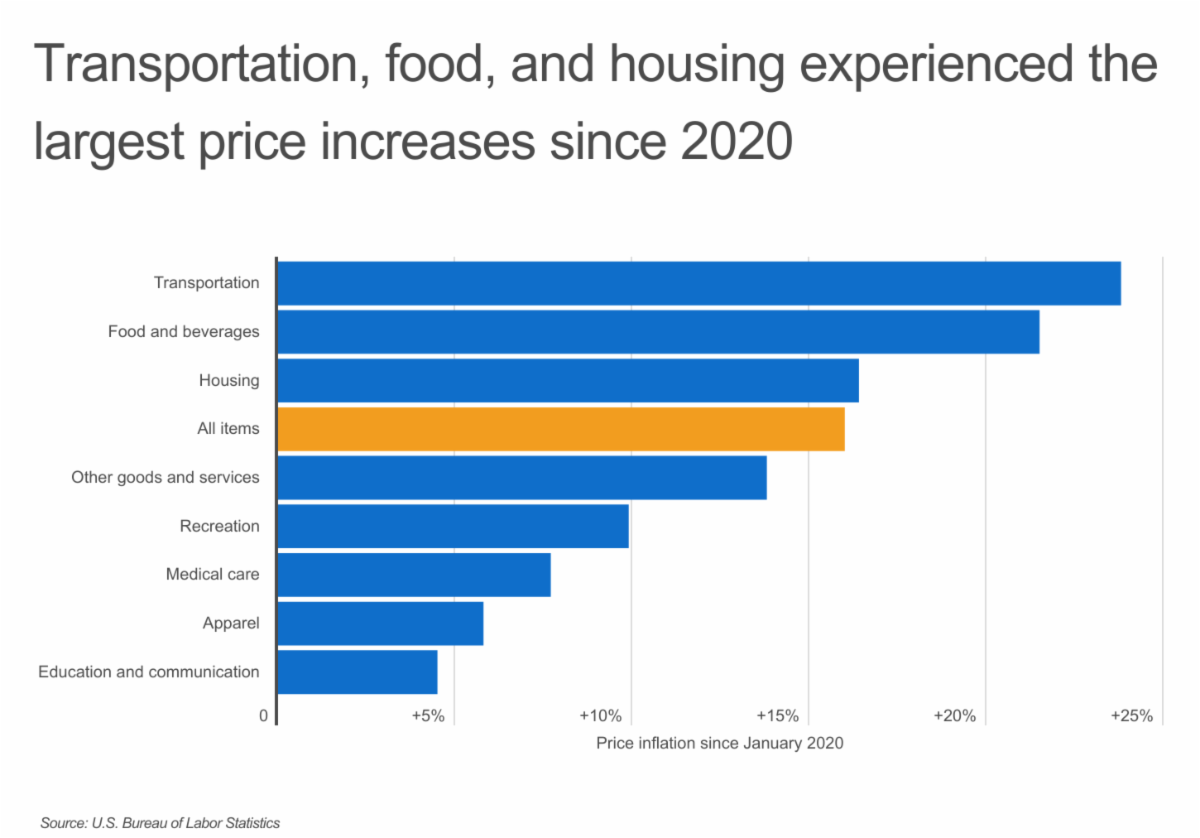Where can you easily plan a natural burial?
To mark Memorial Day on May 29, Lawn Love ranked 2023’s Best States for Green Burials.
To come up with our ranking, we compared the 50 states based on four categories. We factored in access to green burial locations, funeral homes specializing in natural burials, and demand, among 18 total metrics.
See the five best (and five worst) states for green burials below, followed by key stats from our report.
|
|||||||||||||||||||
|
|||||||||||||||||||
Key insights:
-
Golden green burials: While traditional burial options are most affordable in California (No. 1), this state offers the most natural burial sites and tree burial forests. The Golden State also boasts the second-highest number of cemeteries certified by the Green Burial Council.
-
Earthly legacies: Plan a green funeral with ease in Pennsylvania (No. 4), boasting the most funeral homes certified by the Green Burial Council, followed by Ohio (No. 3) and Michigan (No. 6). Ohio claims the most conservation burial grounds — a practice that turns what would be a natural cemetery into a protected wildlife conservation area.
-
Contemporary cremation: In the U.S., cremations can generate around 360,000 metric tons of carbon dioxide emissions annually. Thankfully, greener options are available in Colorado (No. 17) and Illinois (No. 12), which tie for the highest number of aquamation (alkaline hydrolysis) providers. This water cremation process is currently allowed in 28 states.
-
Pacific Coast processions: Known for majestic scenery and promoting sustainable initiatives, the Pacific Northwest carries its eco-friendly values into end-of-life planning. Washington (No. 11) and Oregon (No. 9) both allow aquamation, body composting, and vault-free burials. Washington has the best access to body composting providers, followed by the Beaver State tied with Colorado (No. 17).
-
Massive options: In fifth place, Massachusetts boasts the most cemeteries certified by the Green Burial Council. The Bay State also claims the highest number of hybrid burial sites, where people can choose between a natural and traditional burial.
-
Interment interests: Residents of South Carolina (No. 10) have the highest interest in a green exit, followed by North Carolina (No. 2) and Pennsylvania (No. 4). These states also have high access to green Burial Locations. Some states — such as Louisiana (No. 34), Maryland (No. 36), and Tennessee (No. 29) — have high interest in natural burials but unfortunately lack those options.















